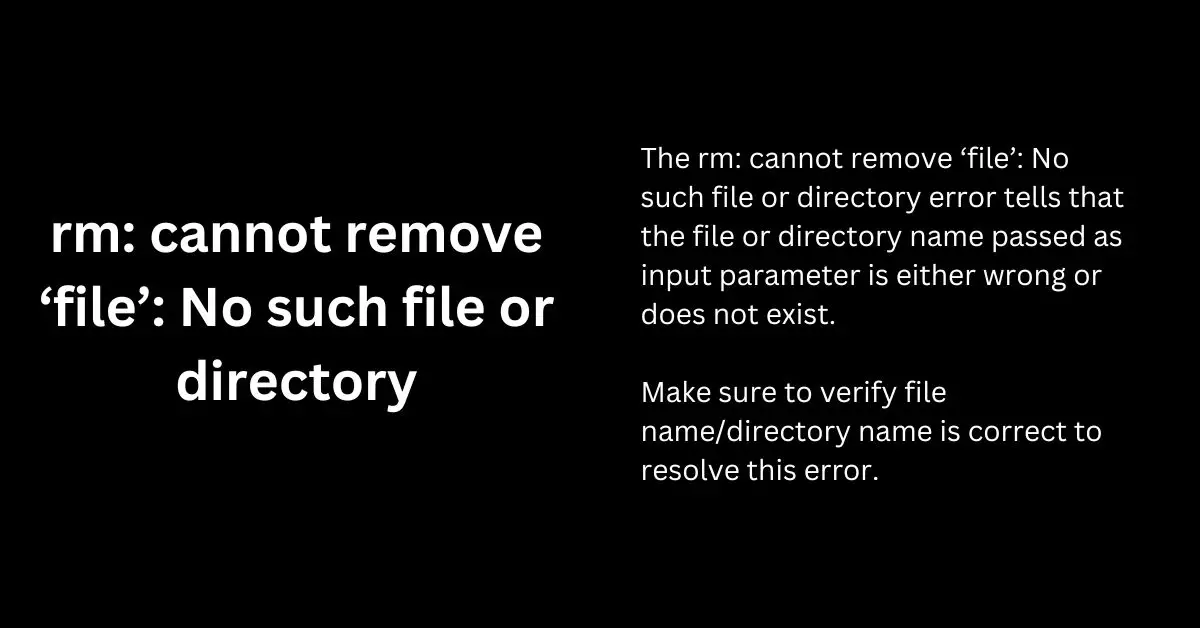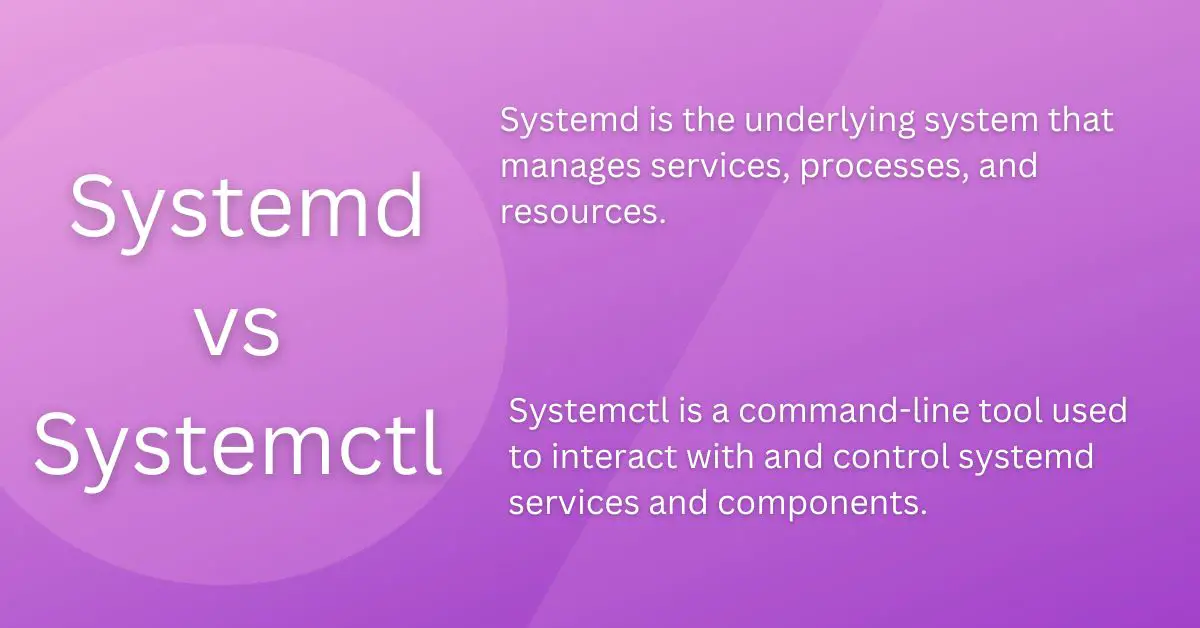What is rm: cannot remove ‘file’: No such file or directory error in Linux and how to solve
Linux rm command allows you to delete files and directories. The basic syntax of rm is rm [option]… [file]… Here, the option controls the behavior of the command while the file is the name of the file and the directories to remove. Most beginners faces “no such file or directory” when trying to remove a […]

